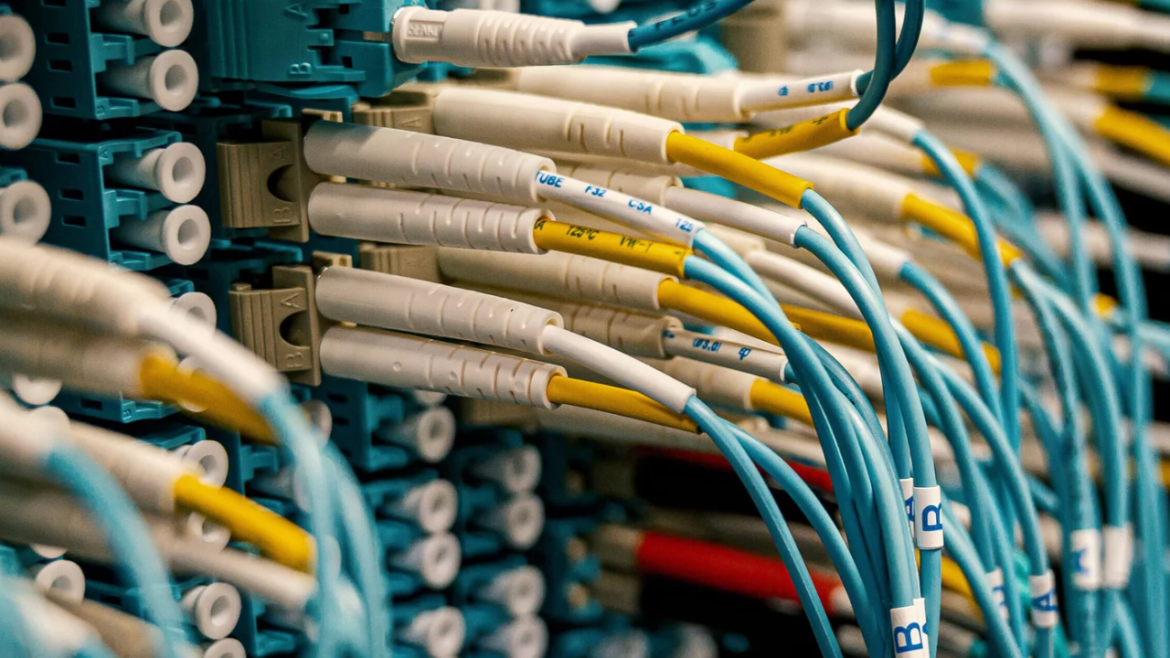The development of 5G technology represents a watershed point in the ever-changing environment of communication and connectivity, promising unrivaled quick, accurate, and transformational possibilities. The delicate connection between fiber optic devices and 5G technology is at the heart of this breakthrough innovation.
With their ability to transfer data at the speed of light, fiber optics have become the backbone that enables the full potential of 5G networks. This article explores the complex nuances of how fiber optic products & accessories | bonelinks contribute to the advancement of 5G technology, examining the critical elements that enable high-speed communication of data, little latency, massively connected devices, and the seamless integration of many new uses.
What is the Future Outlook for Fiber Optic Products?
Fiber optic devices have a bright future, with current research focusing on enhancing data transmission speeds, improving efficiency, and lowering costs. Fiber optics will play a critical role in changing the communications environment as innovations such as the Internet of Things (IoT) and 5G continue to expand.
What are the Primary Benefits of Adopting Fiber Optic Products?
Fiber optic goods provide numerous benefits, such as great-speed data transfer, low latency, resilience to electromagnetic radiation, minimum loss of signal over far distances, and high bandwidth. They also give more safety due to the difficulties in intercepting visual communication.
What are some of the Most Prevalent Applications for Fiber Optic Products?
Telecommunications and Information data centers, healthcare (medical imaging and surgery), television and amusement, corporate sensors, military applications, and other industries employ fiber optic devices. They are also critical for delivering households and businesses with fast and dependable connections to the internet.
Fiber optic products help to accelerate the growth of 5G technologies
Let’s go through how fiber optic devices help the evolution of 5G technology in further detail:
High Data Rates and Bandwidth
Fiber optic connections can transfer data at the speed of light, providing the bandwidth required to handle the high data speeds of 5G. As 5G enables applications such as ultra-high-definition video streaming, virtual reality, and augmented reality, fiber optics ensure that the network can handle massive data demands while maintaining speed and quality.
Low Latency
Fiber optic equipment help to achieve low-latency communication, which is critical in 5G technology. Fiber optics’ low latency enables instantaneous interactions such as remote surgery, driverless vehicles, and industrial automation. Fiber optics help deliver 5G’s promise of sub-millisecond latency by guaranteeing that data travels rapidly and reliably.
Small Cell Deployment and Densification
To offer rapid connectivity to a large number of users and devices, 5G networks necessitate the dense deployment of tiny cells in urban areas. Fiber optic cables are required to connect these small cells to the main network. The enormous capacity of fiber optics accommodates the increased data traffic created by these small cells, providing dependable communication over the network.
Backhaul and Front haul Connectivity
In 5G networks, backhaul and front haul connections transfer data between cell sites and central processing facilities. Fiber optic equipment provides the high-capacity, low-latency, and dependable connectivity required for the effective transfer of data. These links ensure that small-cell data reaches the core network quickly and without disruption.
Massive IoT Connectivity
5G networks are projected to enable a vast number of IoT devices ranging from smart sensors to connected automobiles and industrial equipment. Fiber optics can handle massive amounts of data generated by these devices at the same time. This allows for easy connectivity and data exchange across a wide range of IoT applications.
Security and Reliability
Because it is difficult to tap into an optical signal without being detected, fiber optic communication is extremely safe. This built-in security mechanism improves the protection of critical data carried via 5G networks. Furthermore, fiber optics are immune to electromagnetic interference, ensuring reliable and consistent transmission even in difficult conditions.
5G Network Slicing
Fiber optics help with network slicing, a key idea in 5G. Network slicing is the process of building different virtual networks on a shared physical infrastructure to meet the needs of specific applications. Fiber optics enable the high-capacity, low-latency connections required to efficiently perform network slicing.
Lastly
Finally, the complicated mix of fiber optic goods and 5G technology produces a mutually beneficial partnership in which fiber optics supply the necessary infrastructure to deliver 5G’s promise of high-speed data transfer, short latency, huge interconnectedness, and robust security. Fiber optic products, as the foundation of 5G networks, allow the realization of countless innovative uses and pave the way for a more linked and cutting-edge society.

